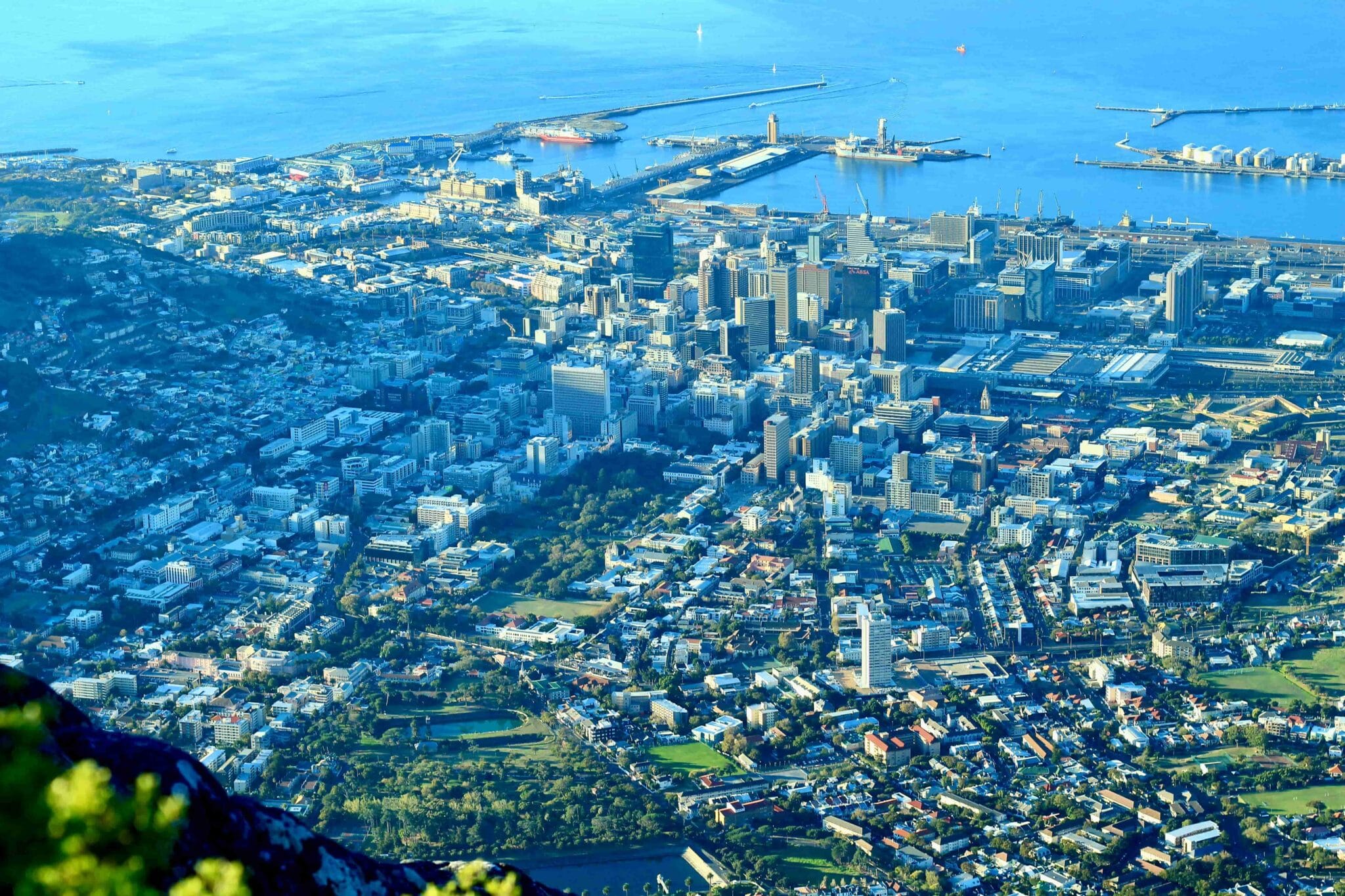The twenty-first century will be the century of the Megacities. More than half of the world’s population now live in urbanized areas and this number continues to rise. Another 2.5 billion people will accumulate in urban areas by 2050. Today, according to the 14th edition of Demographia, there are already 37 megacities in the world (that is, cities with a population of over 10 million), and the number of cities with over 5 million population is also rising (84 in 2017 and 86 in 2018). The list of megacities is getting longer each year, mostly in the Global South. Another striking fact is that the top of the list is dominated by Asian and African Countries; the top five megacities are all located in Asia, with Tokyo at the top of the list, followed by Jakarta, Delhi, Manila, and Seoul.
Seoul-Incheon, the focus of this issue of IGLUS Quarterly, with a population of 24.3 million and 13,600 people per square kilometre, has the highest density of these top five megacities, and is only behind Tokyo in terms of income. In the past two decades, SeoulIncheon has undergone a number of development projects to increase its status as a world city, attract more foreign investment, and give the city a modernised makeover. The projects we covered in this issue are focused mainly on transportation, walkability and urban transformation and the measures that the Korean government took to reduce the adverse effects of climate change, starting with Seoul.
This issue opens with an article, which discusses the energy policies through which the Korean government has sought to reduce the harmful effects of the rising temperatures caused by global warming. By shifting towards renewable sources for energy production and trying to reduce the reliance on fossil fuels and nuclear power plants, Korea is aiming even higher than its counterparts signed The Paris Agreement . Numan Yanar and Prof. Heechul Choi provide an overview of the Korean Government’s policies for a better, cleaner and more sustainable Seoul.
The second article is about the bus reform Seoul has implemented in recent years: a quasi-public system that helped Seoul to have a more efficient, fast, modern and reliable in-city transport system . Dr. Chang Yi’s thorough study of the bus reform in Seoul provides insights into how a public transport system is structurally and financially managed.
The last article in this issue is on Seoul Walks, an initiative that brings together professionals and locals for a more participatory urban transformation of Seoul. Dr. Alban Mannisi’s piece on Seoul Walks summarises the five projects that Seoul Walks has initiated in recent years and evaluates each of them in terms of public good, resilience, and sustainability.
And we close this issue with the extensive city report by Diego Giron Estrada, our former editor, which starts with the historical facts and then dives into the economic and social issues of the city.
We hope you will enjoy this Seoul Issue and we invite you to join the discussion at iglus.org. If you feel that there are innovative practices underway in your city/region and you would like to contribute to an upcoming edition of IGLUS Quarterly, we encourage you to contact us at umut.tuncer@iglus.org.
İpek Şen
Download full pdf – IGLUS Quarterly – vol 4 – issue nr 4- year 2019






